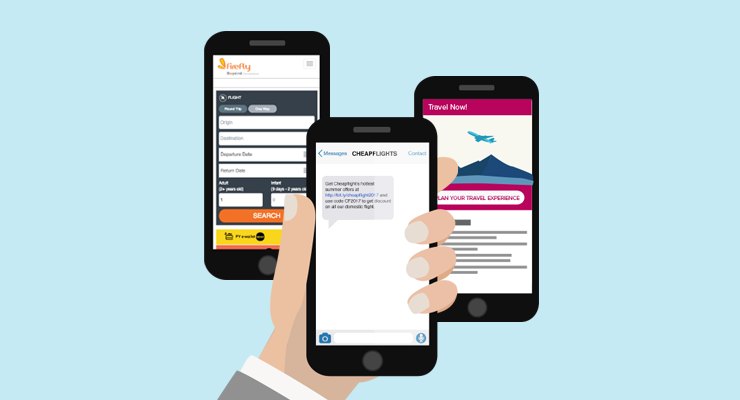What was once regarded as just another marketing tactic, social media marketing has shown its impact in the core business strategy. Marketers have seen how a Facebook post can win people’s hearts, get millions of engagement, and drive positive sentiment towards a brand. Results like these bid goodbye to days when brands see social media marketing as a by the way, and when management only allocates left over budget.
Marketers who have been accustomed to gauging social media success only through reach and engagement might want to re-evaluate their strategy. Social media marketing may have proven its worth, but just like any other cost-incurring activity, management demands return on investment. It has to be clearly demonstrated how social media efforts directly contribute to the organization’s business goals.
With this, how do we compute social media ROI?
1. Set your conversion goals.
Similar to any other marketing campaigns, marketers have to identify their S.M.A.R.T. goals.
Make sure to align social media goals with organization’s business objectives.
For example:
- xx% increase in online purchases
- xx% increase in fill out of contact form
- xx% increase in e-book downloads
2. Set and track analytics.
A study from sproutsocial.com shows that 39% of marketers are unable to track their social media ROI due to lack of analytics and resources. Don’t make the same mistake, as there’s a handful of analytic tools available online that you can use. Here are some of the things you can learn using Google Analytics and other tools with more sophisticated tracking capabilities.
- Reach and Traffic
- Customer Online Behavior
- Lead Generation
- Conversion Rate
3. Assign monetary values to your goals
Now that you have set up your conversion goals and tracking tools, it’s time to assign monetary values to each goal. Here are few methods you can do:
- Conversion of each customer’s lifetime value
- Average sale or customer purchase in your website
- Value per download of each e-book
4. Measure total earnings
It’s time to measure total returns across all channels. Multiply your monetary value to each analytic result. For example:

(Source: https://blog.bufferapp.com/guide-calculate-social-…)
5. Measure total cost
Sum up all expenses incurred by social media efforts such as man hours, professional fees, social media technology, paid ads and other contributing factors.
6. Analysis and Evaluation
Once you have computed your total earnings and costs, it’s time to get your ROI through this formula.
ROI = (Earnings – Cost) x 100 / Costs
Evaluate which campaigns generated the best and worst ROI, and analyze what went well and what has to be improved.

(Source: https://blog.bufferapp.com/guide-calculate-social-…)
Next time the C-suite challenges your social media budget, you can now provide an ROI report proving social media marketing is worth the investment.




